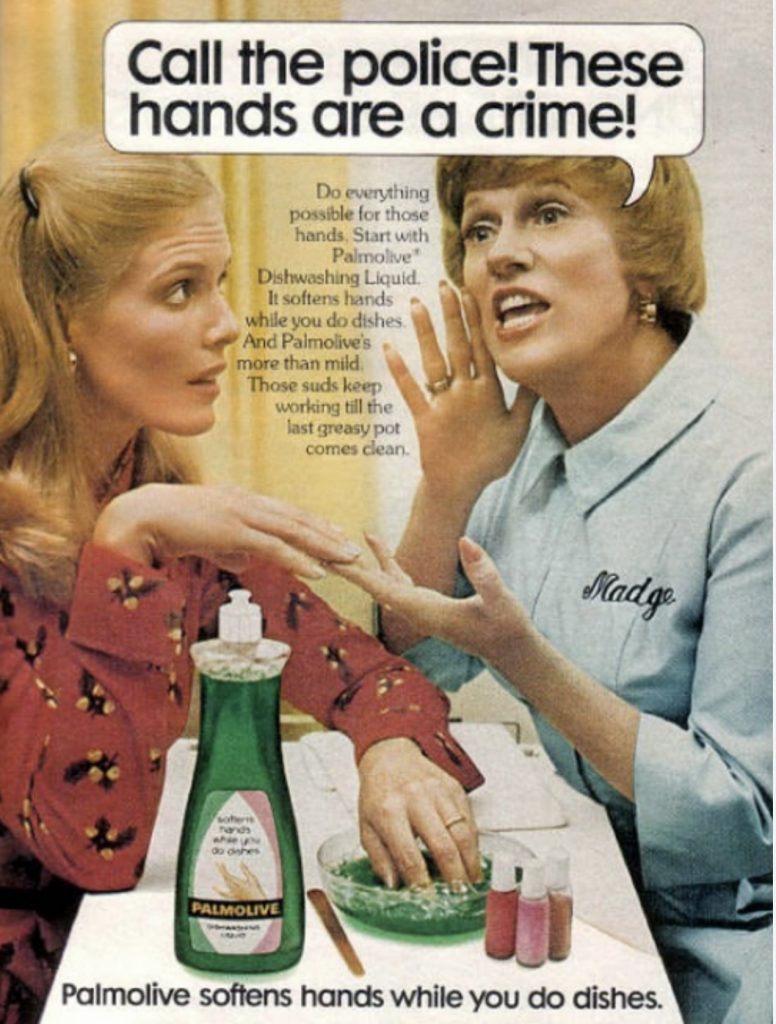
Introduction:
In the realm of idioms, some expressions evoke vivid images that perfectly capture the essence of everyday struggles. One such idiom is “dish pan hands,” which refers to hands that have become rough and dry due to prolonged exposure to water, soap, and cleaning detergents. In this blog post, we will explore the origin and usage of this idiom, along with some interesting tidbits centered around the number three. So, roll up those sleeves and let’s dive into the history of dish pan hands!
The Origin:
The term “dish pan hands” emerged during World War II when women had to spend countless hours doing household chores, including washing dishes by hand. This labor-intensive task, performed without the aid of protective gloves or advanced dishwashing products, often left their hands red, chapped, and rough to touch. The idiom quickly gained popularity and has since become synonymous with the toll that manual dishwashing can take on one’s hands.

Groupings of Three:
- The Three Steps of Dish Washing: Wet, Scrub, Rinse
The process of hand dishwashing can be broken down into three essential steps: wetting the dishes, scrubbing them to remove grime, and rinsing them thoroughly. It’s no wonder that these repeated motions can lead to dish pan hands if performed regularly without proper care. - Three Culprits Leading to Dish Pan Hands: Water, Soap, Detergents
Water, soap, and detergents are the three primary culprits responsible for the development of dish pan hands. Continuous exposure to these elements contributes to the leaching of natural oils from the skin, leading to dryness, irritation, and ultimately, dish pan hands. - Three Ways to Combat Dish Pan Hands: Moisturize, Protect, Pamper
Fortunately, there are three proactive measures that can help alleviate or prevent dish pan hands. Regularly moisturizing the hands with a rich, nourishing lotion, using protective gloves while doing household chores, and treating the hands to indulgent pampering sessions with hydrating masks or hand creams can help rejuvenate the skin.

Conclusion:
“Dish pan hands” perfectly captures the physical toll that manual dishwashing can take on hands. The idiom’s origin during World War II reflects the arduous tasks women undertook during that time. While advancements in dishwashing technology have made our lives easier, the idiom still holds relevance today.
Remember, dish pan hands can be prevented by taking proactive steps like moisturizing, wearing protective gloves, and giving your hands the love and care they deserve. So, next time you’re at the sink, spare a thought for your hardworking hands and give them the pampering they need.
And that concludes our exploration into the history and significance of dish pan hands. Until next time, keep those hands moisturized and dish pan hands at bay!
The Book of Threes
Admin
[Partial Photo source: Palmolive detergent ad 1974]






























